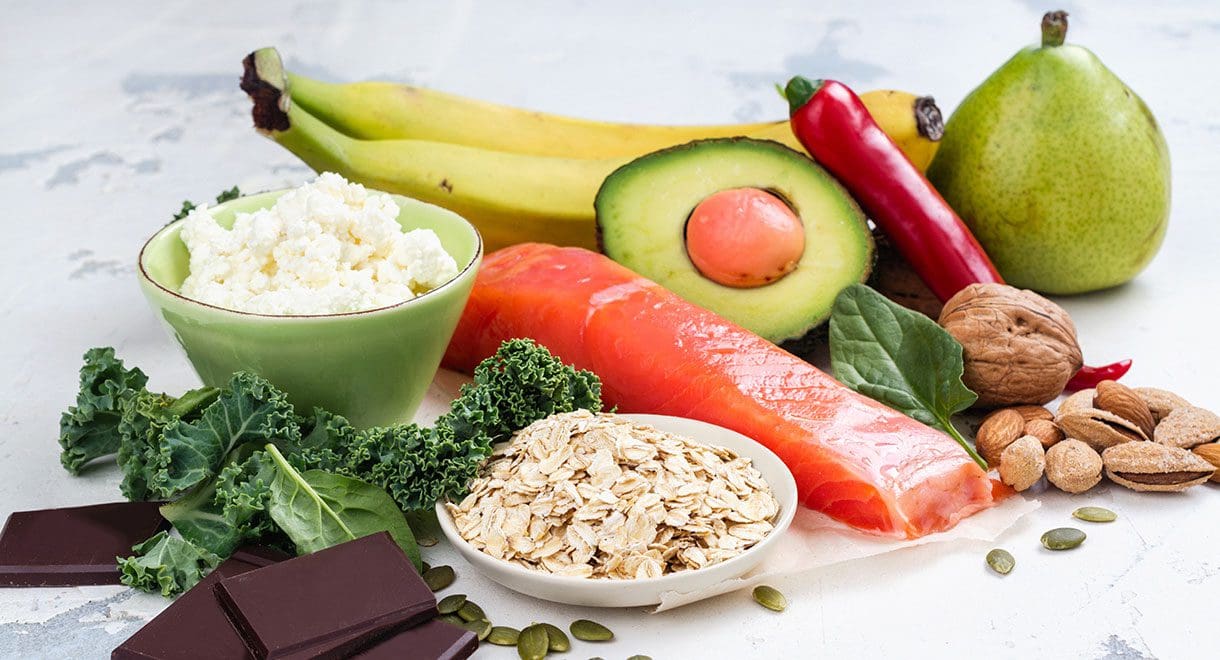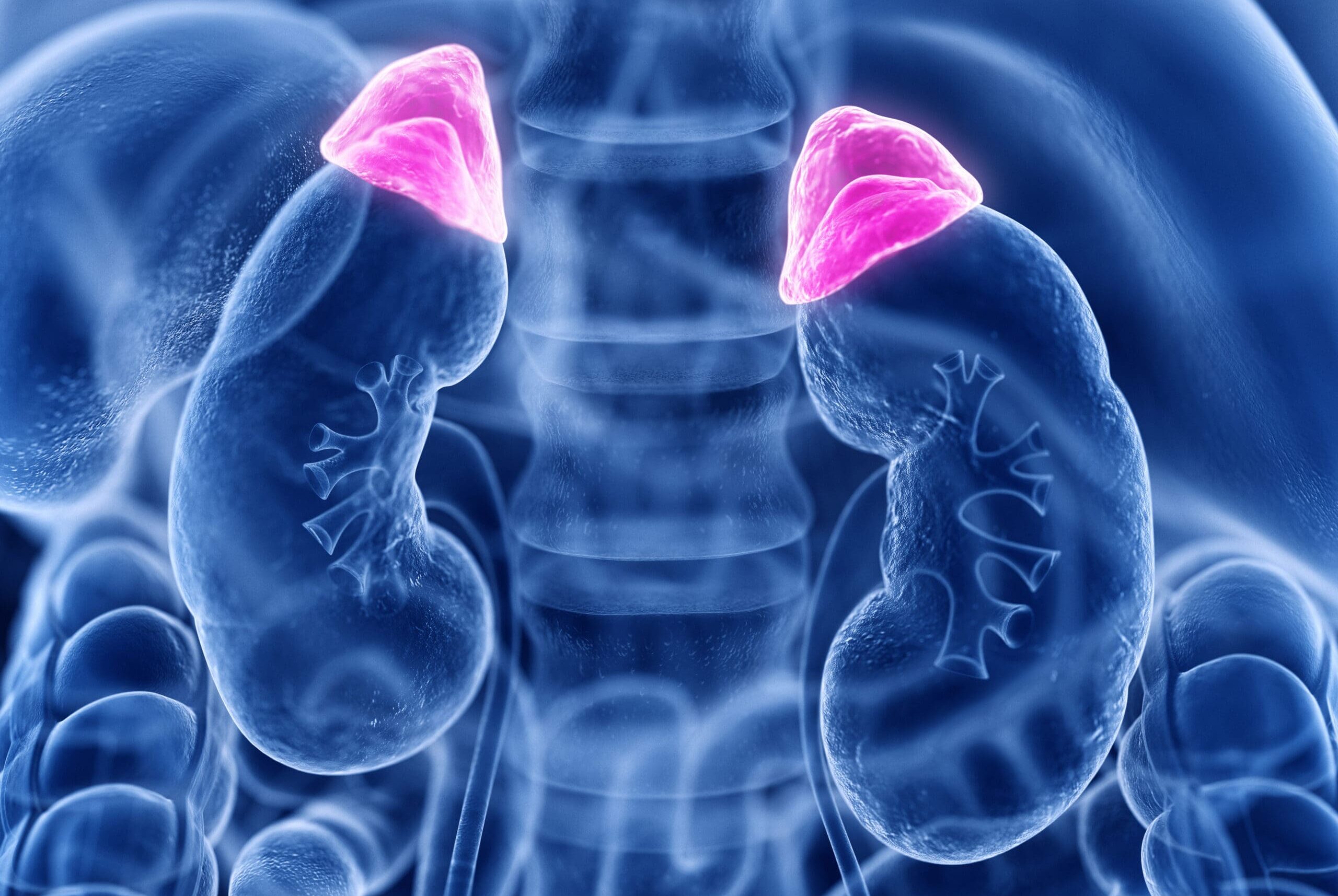Tips to avoid the winter blues
By Jessah Robinson, Adv Dip (Nut Med)
As we reach the middle of the year and temperatures begin to plummet, it’s very common for some people to experience SAD aka Seasonal Affective Disorder. As the name suggests, this disorder is a type of depression that occurs as the seasons change, and although there are several symptoms, the most commonly reported are: low energy, excessive sleeping, chronically low moods, and strong cravings for carbohydrates which often leads to weight gain.
According to the National Institute of Mental Health, the main risk factors for SAD are age, sex, distance from the equator (since regions farther to the north and south tend to have shorter days and less sunlight in winter), and a history of depression or other mood disorders. Studies have shown that “young adults and women are most likely to experience SAD with the reported gender difference ranging from 2:1 to 9:1.”
So how can you stave off the winter blues and feeling down? Here are some tips:


1. Bask in the light
Lack of exposure to natural light and therefore, lack of vitamin D, is one of the main causes of winter SAD. If possible, try to get up and go for a walk in the morning when the sun is out, allowing your skin to soak up as much of the sun’s rays as possible. If this isn’t a convenient option for you, supplement with vitamin D or eat vitamin D-rich foods such as oily fish (salmon, sardines, mackerel), oysters, egg yolk, and mushrooms.


2. Cut down on carbs
Refined carbohydrates like pasta, crackers, white rice, white bread, cereals and baked goods have a high glycaemic index (GI), which means they cause a rapid spike in blood sugar levels. A study has shown that consumption of non-whole/refined grain foods is associated with increased odds of depression. Tyrosine is an amino acid that stimulates the reward system of the brain and can help to control hunger and cravings for carbohydrates.


3. Eat serotonin-boosting foods
People with SAD have trouble regulating serotonin, a neurotransmitter responsible for balancing mood. Therefore, it makes sense to chow down on foods that will boost this happy hormone. Tryptophan is the amino acid needed for serotonin production in the body, and food sources of tryptophan include poultry, eggs, salmon, spinach, nuts and seeds. Try to incorporate these foods into your regular diet, not only can they boost mood but they also provide several nutritional benefits.


4. Break a sweat
Exercise has several health benefits, but when referring to SAD it is extremely beneficial as it boosts energy levels and releases endorphins, which ultimately make us feel good. A review of existing studies also found that several of the symptoms that are linked to SAD may be caused by disruptions to the body’s circadian rhythm, which regulates our sleep, eating and activity patterns. Magnesium is a powerful mineral that relieves stress and restless sleep. Taking part in regular exercise can help to maintain an appropriate circadian rhythm.


5. Be social
During the winter months, it can be tempting to avoid going out and instead choosing to stay in and watch Netflix. While staying in can be considered an act of self-care, it’s also important to spend time with family and friends, as this strengthens relationship bonds and boosts mental health. This can be as simple as organising a catch up over coffee or scheduling a phone call. If you are feeling down you may want to reach out to a family member or friend, it’s often helpful to talk to someone you trust about any issues you may be having.









Leave A Comment